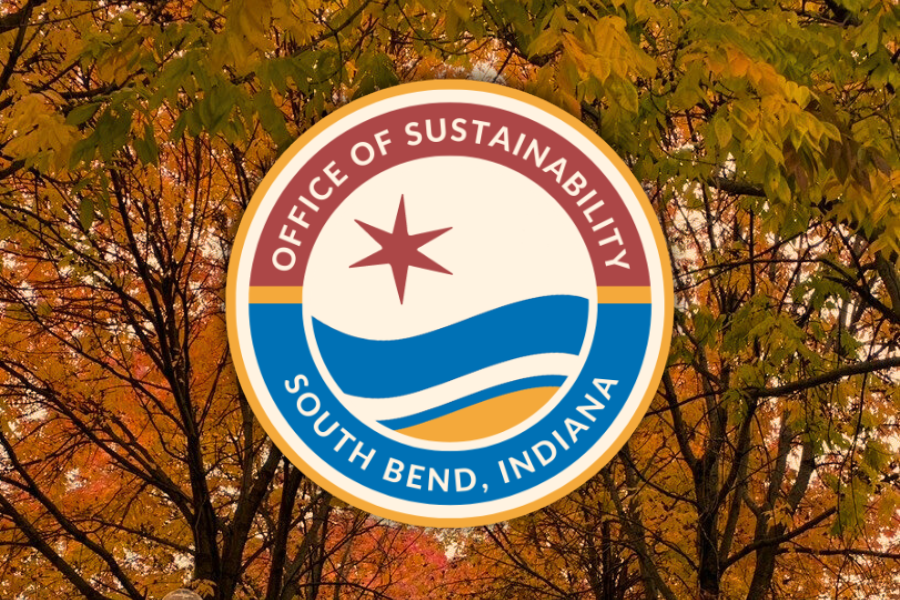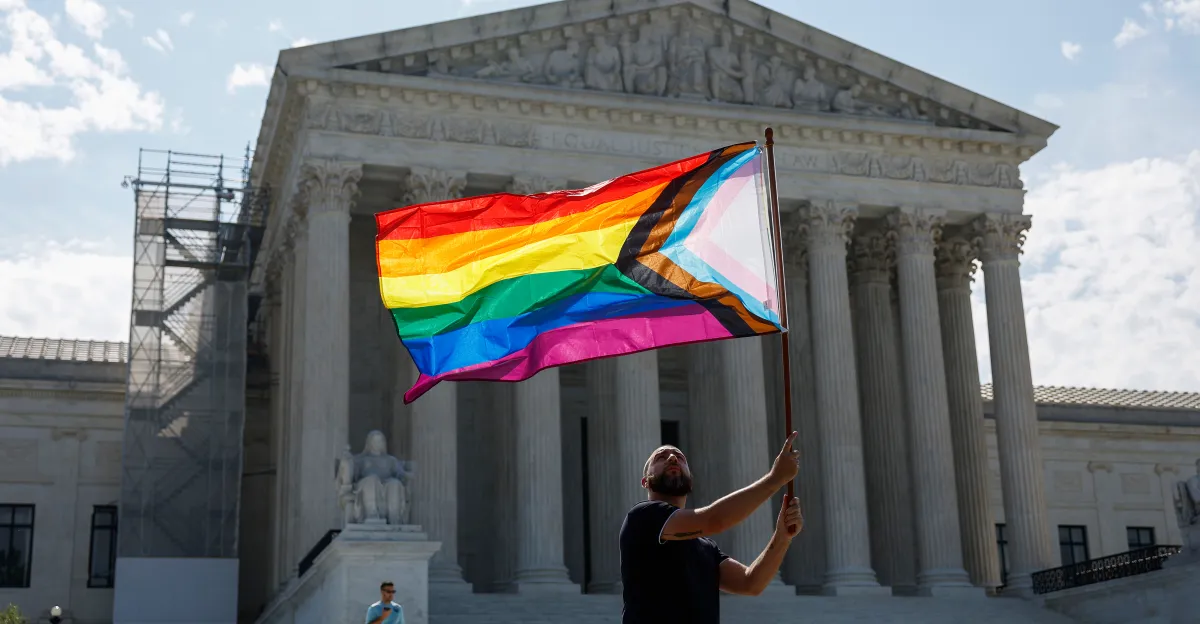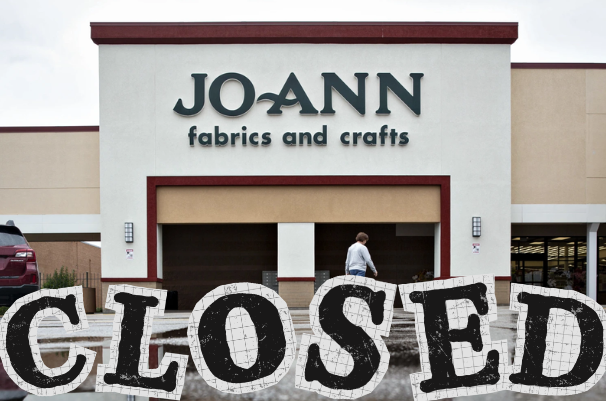*This story first appeared on the Youth Environmental Press Team website.
In September of 2023, the city of South Bend was granted over $1.8 million toward its climate’s future. The city was one of 385 projects funded by the U.S. Department of Agriculture’s Forest Service, totaling more than $1 billion worth of competitive grants.
With the grant, South Bend plans to invest in its urban forest to increase its urban tree canopy (UTC) coverage, or the measurement of the layer of branches and leaves that shelter the ground from above.
Setting the stage of this, in November of 2019, South Bend’s Common Council unanimously approved the citywide Climate Action Plan to become carbon-neutral by 2050. Almost four years later, South Bend added the goal of increasing its UTC from 26% (2019) to 40%, or the national recommendation, by 2050. To fulfill this goal, the city would need to plant almost 95,000 trees, plus an additional 30-60,000 replacement trees from natural decay, roughly a tree for every resident in South Bend.
Behind every climate initiative in South Bend is the city’s Office of Sustainability. Barbara Dale is the Office of Sustainability’s project manager and the Office’s lead in the UTC plan. Dale says that South Bend is very conscientious about their choice of species for the tree planting.
“It’s important to be thoughtful of the community genetics of the urban tree canopy. You should have a broad variety of intra and inter-species diversity.”
-Barbara Dale
Other considerations include the urban environment and climate change. With temperatures rising, trees thriving in South Bend may no longer be over time. Dale says the ecoregions appear to be moving northward, so they observe what tree species thrive in southern Indiana. For example, the black oak savannah tree is a species Dale hopes the UTC plan will consider for planting.
As for the decaying trees, Dale says that “preventative maintenance is really essential to protecting our existing forest.” Dale pointed out that money is often provided to plant trees but not as much to maintain them long-term. At the moment, homeowners are liable for any damage a decaying tree could cause on their property, so caring for the surrounding trees, such as cutting off dead branches, is essential. “Moving forward, I would like to think creatively with the money to see if there are ways the city could take on more of that responsibility,” she said.
A crucial benefit of increasing the UTC is its ability to prevent environmental harm. By mindfully greenscaping, the added trees can increase our resilience to storm damage by absorbing water, preventing erosion and reducing water flow. Dale also notes that “as climate changes, trees are helpful in these extreme heat events as well, providing shade that can make up to ten degrees temperature difference with an urban environment.”
Trees’ capability to provide shade is a significant factor, considering that July 2023 was the Earth’s hottest month ever recorded, which is why the UTC plan focuses on adding shade with trees to areas vulnerable to attracting heat, such as concrete sidewalks.
Another method to define a vulnerability is looking at an area’s social, economic and health disadvantages. “[Vulnerable areas] tend to be related to historical disinvestment,” Dale said. President Joe Biden’s Inflation Reduction Act includes a commitment to Justice40, which is investing 40% of federal money into historically disinvested areas. According to Justice40’s mapping system, almost three-quarters of South Bend qualifies as a disadvantaged area.
Dale also mentioned that studies correlate excessive heat with violence: “For multiple reasons, violence tends to go up in the summertime,” she said. “One aspect of this could be that when a person is overheated, they think less clearly. Extreme heat can make us more temperamental and rash, where we otherwise might have more capacity to literally and figuratively ‘cool off.’” Likewise, cleaning up an area and adding greenery can positively affect mental health and reduce crime rates. “It looks like somebody cares about that space and people are paying more attention,” Dale said.
The Office of Sustainability will provide opportunities for the community to get involved, such as tree nurseries, neighborhood plans and a future climate action planning page. While the UTC project is still in the planning phase, you can get involved with the UTC plan by donating, or get directly involved with the Office of Sustainability through their Climate Action Ambassadors program.









